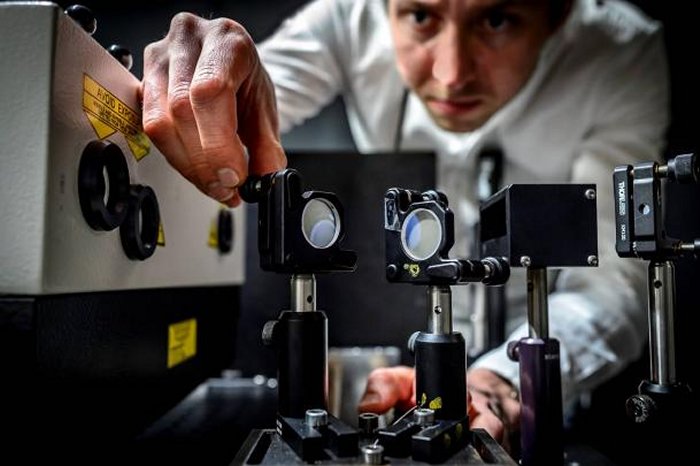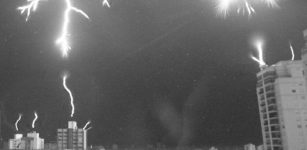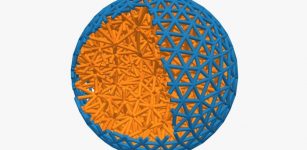World’s Fastest Camera Makes The Invisible Visible – Light Stands Almost Still
MessageToEagle.com – Modern high-speed cameras capture 100 000 images per second. Now a group of researchers from Sweden have developed the world’s fastest camera that can capture 5 trillion images per second!
The world’s fastest camera can easily make the invisible visible. It gives us a chance to see things in for example nature we could never have observed before.
It’s a remarkable piece of technology and scientists have successfully demonstrated how the camera capture light, a collection of photons- traveling a distance corresponding to the thickness of a paper. In reality, it only takes a picosecond, but on film the process has been slowed down by a trillion times.

The new super-fast film camera can capture incredibly rapid processes in chemistry, physics, biology and biomedicine, that so far have not been caught on film.
The new technology is based on an innovative algorithm, and instead captures several coded images in one picture. It then sorts them into a video sequence afterwards.
See also:
Eternal 5D Data Storage: Securing The Last Evidence Of Our Civilization
Can Nanotechnology Help Us Create A Perfect Society?
In short, the method involves exposing what you are filming (for example a chemical reaction) to light in the form of laser flashes where each light pulse is given a unique code. The object reflects the light flashes which merge into the single photograph. They are subsequently separated using an encryption key.
“Today, the only way to visualize such rapid events is to photograph still images of the process. You then have to attempt to repeat identical experiments to provide several still images which can later be edited into a movie. The problem with this approach is that it is highly unlikely that a process will be identical if you repeat the experiment”, Kristensson says.
MessageToEagle.com
Expand for references









